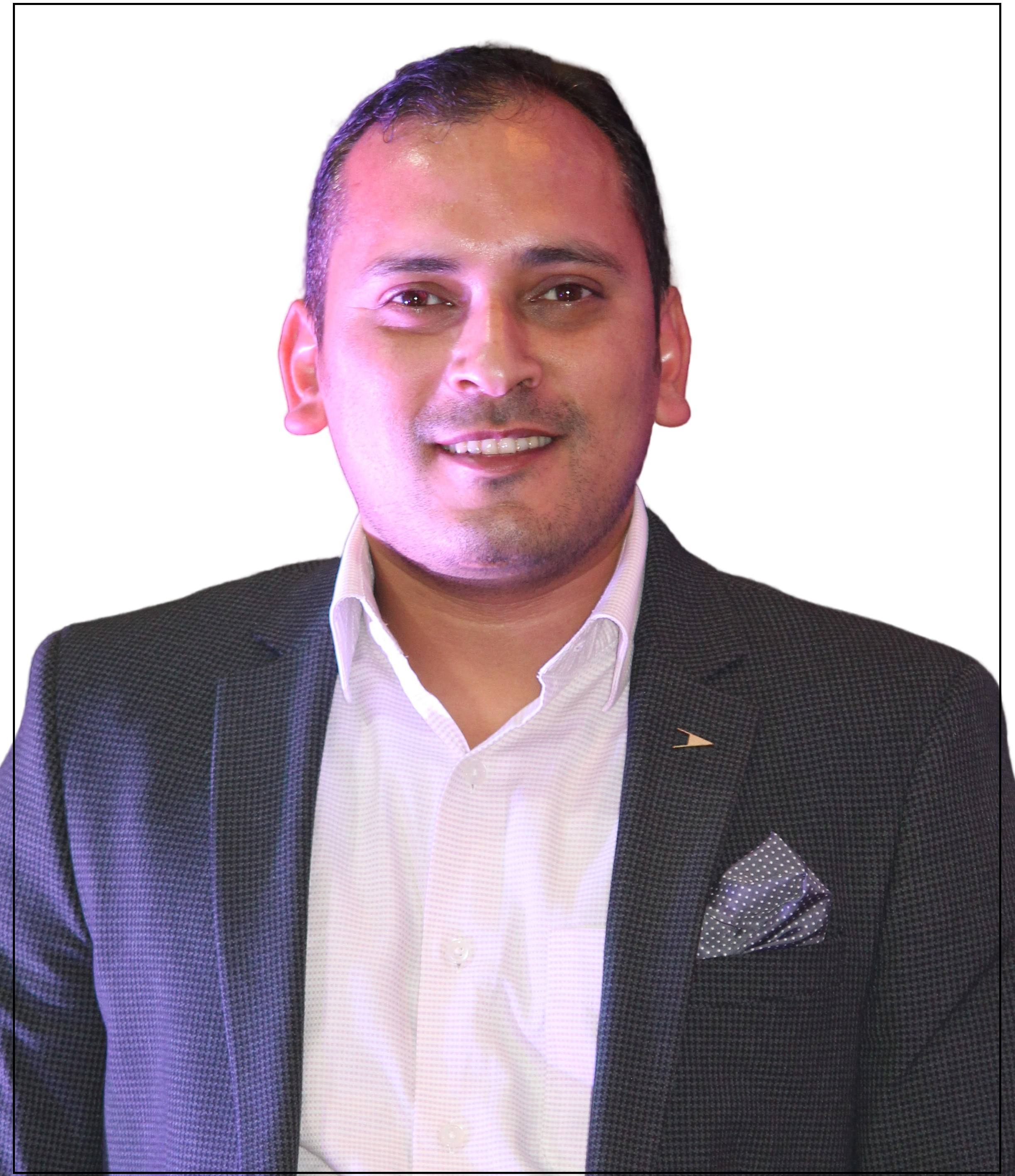
Prof. Weijia Jia,Beijing Normal University, China(IEEE Fellow)
Biography: Weijia Jia is currently a Chair Professor and Director of Joint AI and Future Networking Research Institute of Beijing Normal University (BNU, Zhuhai) and United International College (UIC), Zhuhai, Guangdong, China. He also serves as the VP for Research at UIC China. Prior joining BNU/UIC, he served as the Deputy Director ofState Kay Laboratory of Internet of Things for Smart City at the University of Macau and Zhiyuan Chair Professor at the Shanghai Jiaotong University, PR China. He received BSc/MSc from Center South University, China in 82/84 and PhD from Polytechnic Faculty of Mons, Belgium in 93, respectively; all in computer science. For 93-95, he joined German National Research Center for Information Science (GMD) in Bonn (St. Augustine) as a research fellow. From 95-13, he worked in City University of Hong Kong as a professor. His contributions have been recoganized for the research of optimal network routing and deployment; vertex cover; anycast and multicast protocols; sensors networking; knowledge relation extractions; NLP and intelligent edge computing. He has over 600 publications in the prestige international journals/conferences and research books and book chapters. He hasreceived thebest product awards from the International Science & Tech. Expo (Shenzhen) in 2011/2012 and the 1st Prize of Scientific Research Awards from the Ministry of Education of China in 2017 (list 2) and many provincial science and tech awards. He has served as area editor for various prestige international journals, chair and PC member/keynote speaker for many top international conferences. He is the Fellow of IEEE and the Distinguished Member of CCF.
Title: LLM Technologies and their Impacts on Task Layer Scheduling in Edge Computing
Abstract: This talk first introduces the technologies used by the large languarge model (LLM) and then compares them with the technologies we developped for the container and task scheduling in the edge computing. Before running the container in an edge server, an image composed of several task layers must be scheduled locally. However, it has been conspicuously neglected by existing work that task scheduling at the granularity of the layers instead of the image can significantly reduce the task completion time to meet the real-time requirement and resource efficiency in the resource-limited edge servers. This talk will further discuss our recent investigations on the online container and image/layer scheduling algorithms in the edge environments with similar AI approaches as compared with the popular technologies used LLM.

Prof. Juergen Branke, University of Warwick, UK
Biography: Juergen Branke is Professor of Operational Research and Systems at Warwick Business School, Vice-Chair of ACM SIGEVO. His research area lies at the interface of machine learning and optimisation and falls into the broader field of prescriptive analytics, i.e., how to use data and models to make optimal decisions. In particular, he works on methods such as metaheuristics and Bayesian optimisation to tackle problems that involve uncertainty, are dynamically changing over time, or involve multiple, conflicting objectives.
Professor Branke is the Editor-in-Chief of ACM Transactions on Evolutionary Learning and Optimization, Area Editor of the Journal of Heuristics and the Journal of Multi-Criteria Decision Analysis, and Associate Editor of the IEEE Transactions on Evolutionary Computation and the Evolutionary Computation Journal. He is the director of Warwick’s Data Science for Social Good UK chapter and Turing Fellow. He has published over 200 scientific papers and has extensive experience of working with industry in logistics, telecommunications, and engineering design.
Title: Machine Learning and Optimisation - a symbiosis
Abstract: This talk discusses the relationship between machine learning and optimisation. It demonstrates that many machine learning problems are actually optimisation problems, and could benefit from advances in operational research. On the other hand, the latest challenges in optimisation, such as parameter tuning, algorithm selection, hyper heuristics or handling of uncertainty are actually closely related to machine learning. Furthermore, recent algorithmic developments such as Bayesian Optimisation very much blur the boundary between machine learning and optimisation, as they explicitly combine learning about the search space with optimisation.

Prof. Arun Balodi, Atria Institute of Technology in Bangalore, India.(IEEE Senior Member)
Biography: Prof. Arun Balodi, Senior Member IEEE, Fellow IETE, Life Member ISTE is currently working as Professor & Head at Atria Institute of Technology in Bangalore, India. He is an IEEE student branch advisor at the Atria Institute of Technology. Dr. Arun attained Ph.D., Electrical Engineering from, the Indian Institute of Technology, Roorkee, India, 2018, M. Tech., Digital Signal Processing, Govind Ballabh Pant Engineering College, Pauri, India, 2010, and a B.Tech. in Electronics and Communication Engineering, Uttar Pradesh Technical University, Lucknow, India, 2005. He was awarded Gold Medal in M. Tech., and the Academic Excellence award in the years 2010 and 2011. His research area is Biomedical Signal and Image Processing, Artificial Intelligence. Dr. Arun has more than 15 years of teaching and research experience in various institutions in India. His research area is Digital Signal and Image Processing, Medical Image Analysis, Machine Learning, and Pattern Recognition. He has published more than 28 papers in peer-reviewed journals, international conferences, Book Chapters, and 02 Patents. He is an active researcher and reviewer for various indexed Journals and Conferences and has given various technical talks. He has actively participated in more than 37 FDPs and more than 100 webinars and conducted workshops in the domain of Signal and Image Processing. He has delivered expert talks at more than 30 STPs, conferences, and webinars.
Title: Biomedical Signal Extraction, Interpretation and Analysis
Abstract: Biomedical signal extraction, interpretation, and analysis involve the use of various techniques to acquire, process, and analyze signals from the human body. These signals can be generated from various physiological processes, such as brain activity, heart function, and muscle movement. The first step in the biomedical signal analysis is signal extraction, which involves acquiring the signals using specialized equipment such as electrodes, sensors, or imaging devices. Once the signals are acquired, they are preprocessed to remove noise and artifacts using various filtering and signal-processing techniques. Next, the signals are interpreted to extract relevant features that can provide insight into the underlying physiological processes. This can involve using advanced algorithms and machine learning techniques to identify patterns, anomalies, or trends in the data. Finally, the signals are analyzed to draw conclusions or make predictions about the health status of the individual. This can involve comparing the signals to normal ranges or using predictive models to identify potential health risks or diagnose medical conditions.
Overall, biomedical signal extraction, interpretation, and analysis play a critical role in modern healthcare, enabling clinicians and researchers to better understand and diagnose a wide range of medical conditions.

Prof. Gang Fang, Guangzhou University, China
Biography:Fang Gang, professor, doctoral supervisor, academic leader of the 'Hundred Talents Program' of Guangzhou University, working at the Guangzhou University Institute of Computing Technology. He graduated from Huazhong University of Science and Technology in 2006 with a Ph.D. degree in bioinformatics, biocomputing, synthetic biology and medical data processing. In recent years, he has presided over two National Natural Science Foundation of China and participated in the completion of four national funds. In the past three years, he has published more than 20 academic papers in important journals, journals and conferences at home and abroad, including more than 10 SCI and EI CD-ROMs. Obtained two software copyrights and served as a reviewer for a number of domestic and international journals. He has served as a peer review expert for projects such as the National Natural Science Foundation of China, Shaanxi Province and Xi'an Natural Science Foundation Committee. In 2008, he won the second prize of natural science of the Ministry of Education (research on intelligent computing methods in network structure and optimization, the 7th completer). Professor Fang Gang proposed for the first time to optimize the expression system of synthetic biology by using a statistical language model of natural language processing, and applied dynamic programming algorithm to optimize the expression vector design based on the model, and find the best one from many options. Using this method reduces redundant operations for biological experiments, thereby reducing the cost of expression vector construction. A total of 8 papers have been published in this regard, including the representative paper "Optimizing DNA Assembly Based on Statistical Language Modelling", published in the international authoritative journal Nucleic Acids Research (2017, Vol. 45, No. 22, e182. doi: 10.1093/nar/gkx859. IF:11.561). , had a certain impact.
Title: Optimizing DNA Assembly Based on Statistical Language Modelling
Abstract: Assembling the "parts" of Synthetic biology with computers is a necessary means to construct the complex expression system of Synthetic biology. Each Synthetic biology "part" is regarded as a word to design the required Synthetic biology components (an expression system) by compiling a certain "grammar". But more and more "parts" are being input into the database, and in the final step of design, designers often do not know which "part" is more suitable to choose. To address this issue, the Statistical Language Model (SLM) was introduced into the design. In this model, whether a sentence (S) is meaningful and reasonable is based on its occurrence probability. A sentence is composed of a series of words, where a "sentence" S is a biological component composed of "parts", these "parts" are the words that make up the "sentence", and a basic "part" is a word. Therefore, S=part1, part2,..., partn, it is necessary to know the magnitude of its probability of occurrence P (S) by using statistical language models and using corresponding algorithms to calculate the probability P (S), in order to find the optimal solution to the problem.
